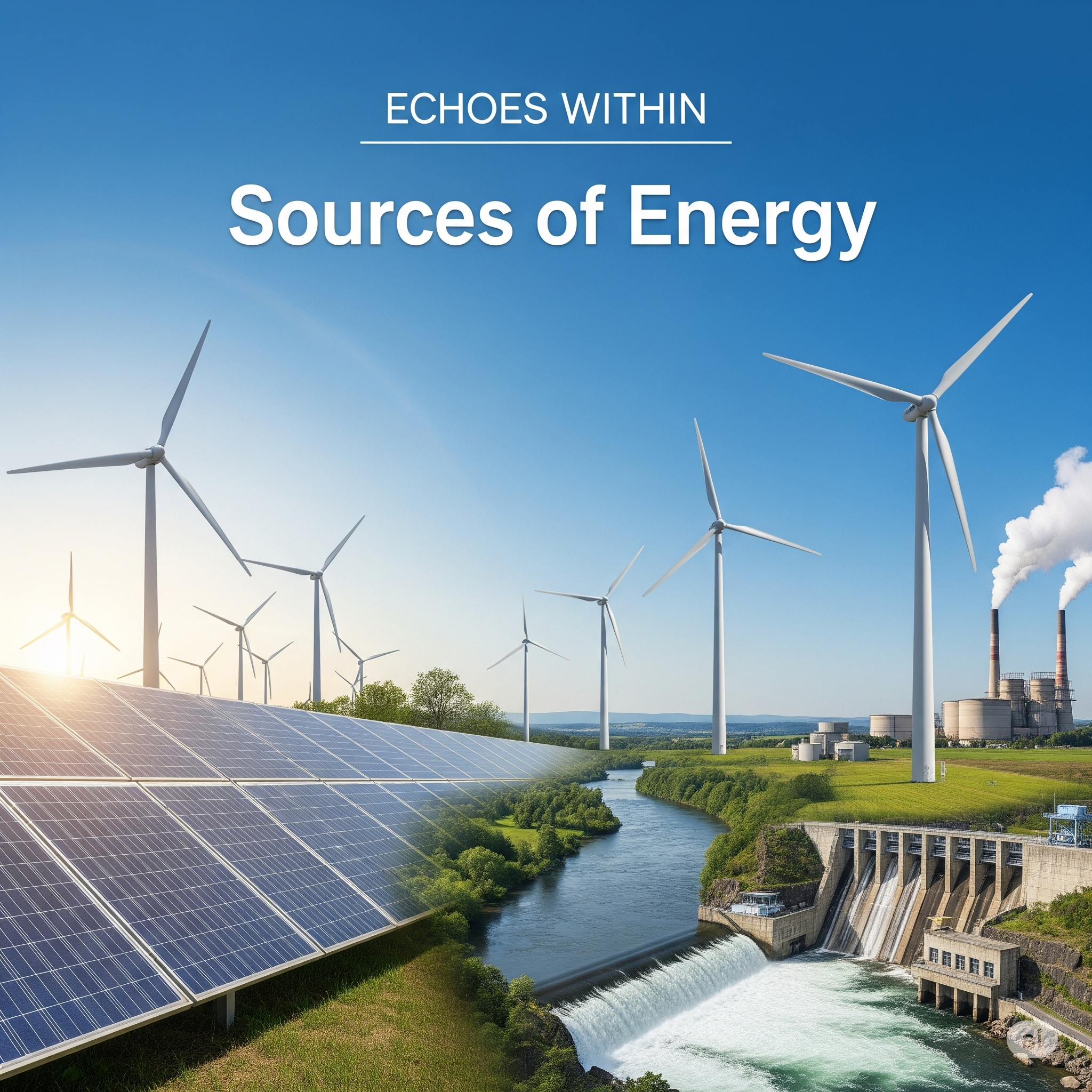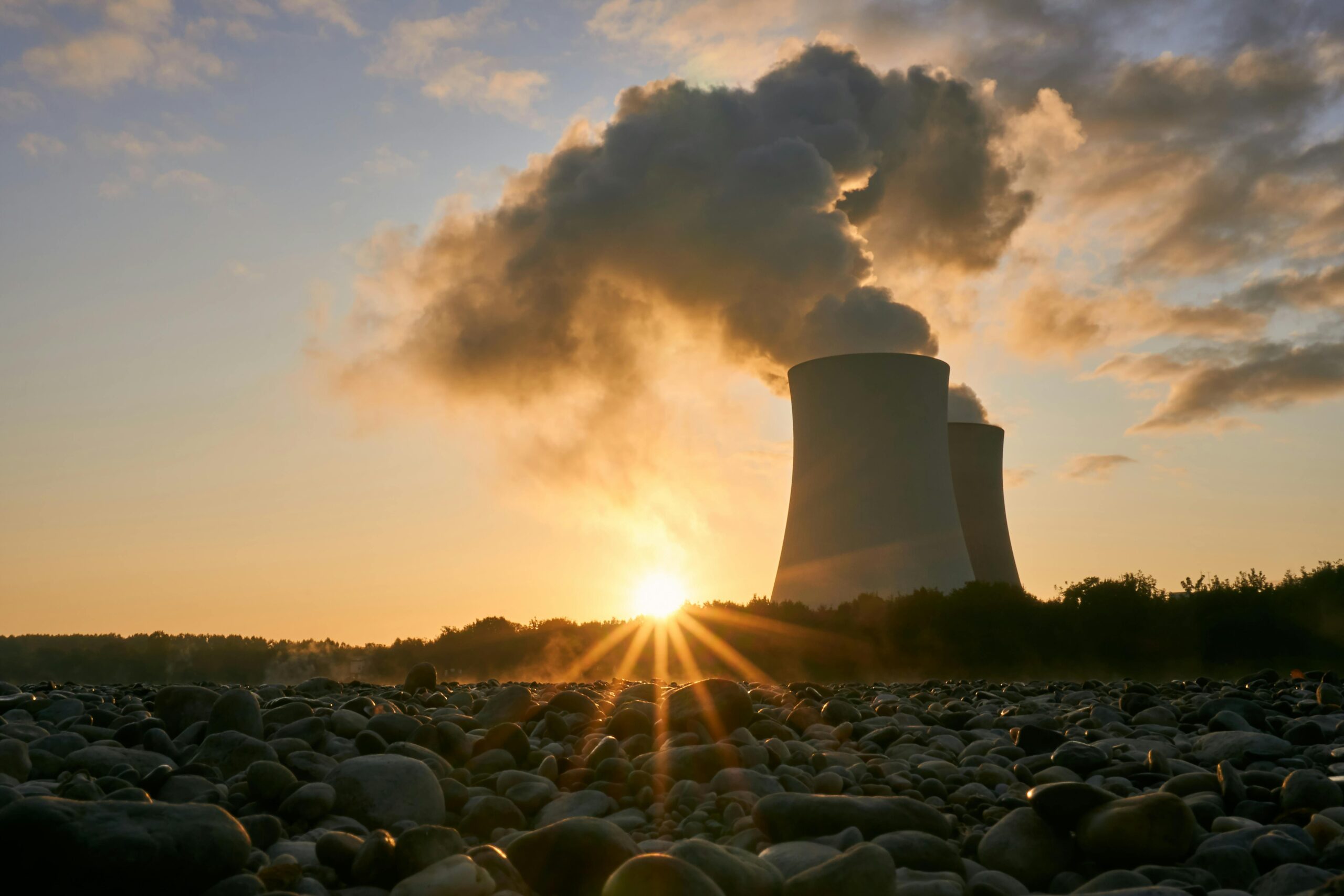
📘 Sources of Energy: Summary for MCQ

Here is a clear, concise, and exam-focused summary note for the lesson Sources of Energy, specially crafted to help you prepare for MCQs in the Class Test and Entrance Exam for class 11 Science or similar exams:
🔹 1. What is Energy?
-
Energy is the ability to do work.
-
Measured in Joules (J).
-
Required in all activities: heating, lighting, movement, machines, etc.
🔹 2. Characteristics of a Good Source of Energy
-
High calorific value (more energy per unit mass)
-
Easily available and economical
-
Easy to store and transport
-
Less pollution
-
Efficient use and safe handling
🔹 3. Types of Sources of Energy
🔸 A. Conventional (Non-Renewable) Sources
-
Fossil Fuels (coal, petroleum, natural gas)
-
Non-renewable resources cause pollution and are limited.
-
-
Thermal Power
-
Uses fossil fuels to heat water → steam → turbine.
-
-
Hydropower
-
Uses the potential energy of water in dams.
-
Renewable and clean.
-
🔸 B. Non-Conventional (Renewable) Sources
-
Solar Energy
-
Sunlight is converted using solar cells or solar cookers.
-
-
Wind Energy
-
Wind rotates turbines to generate electricity.
-
-
Biomass Energy
-
From dead plants, dung → biogas.
-
-
Tidal Energy
-
From ocean tides → turbines.
-
-
Geothermal Energy
-
From Earth’s internal heat.
-
-
Nuclear Energy
-
From the fission of uranium-235 or plutonium.
-
🔹 4. Solar Devices
-
Solar cooker: uses sunlight to cook food using mirrors (reflectors).
-
Solar panel: made of solar cells (semiconductor), generates DC electricity.
🔹 5. Biogas Plant
-
Uses cow dung, water, and organic waste.
-
Produces methane-rich biogas and slurry (used as manure).
-
Clean, cheap, and good for villages.
🔹 6. Environmental Impact
-
Fossil fuels → air pollution, global warming, acid rain.
-
Renewable sources → mostly clean and eco-friendly.
🧠 MCQ Focus Points
-
Know examples of renewable and non-renewable energy.
-
Understand the working principles of solar cookers, windmills, biogas plants, and nuclear reactors.
-
Remember the advantages/disadvantages of each source.
-
Learn basic formulas and definitions (like calorific value).
-
Identify pollution-causing and clean energy sources.
🔍 You Can Also Read:
✅ MCQ Quiz – Chapter: Sources of Energy
🧠 Conceptual MCQs – Sources of Energy
🔢 Numerical-Based MCQ – Simple Machine
